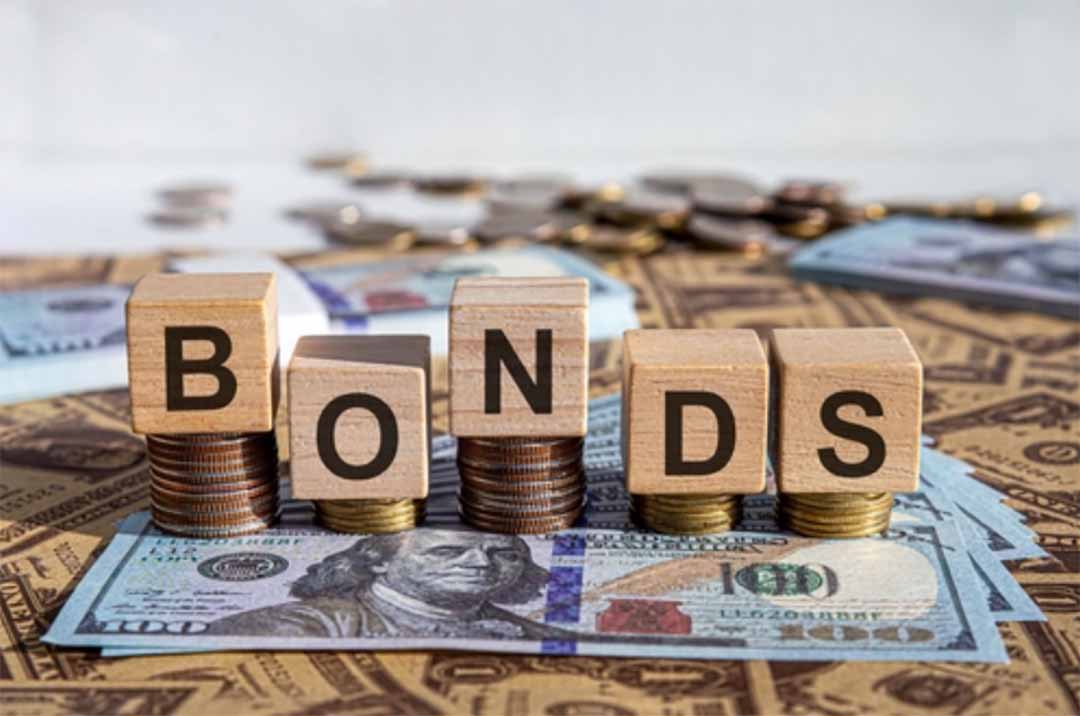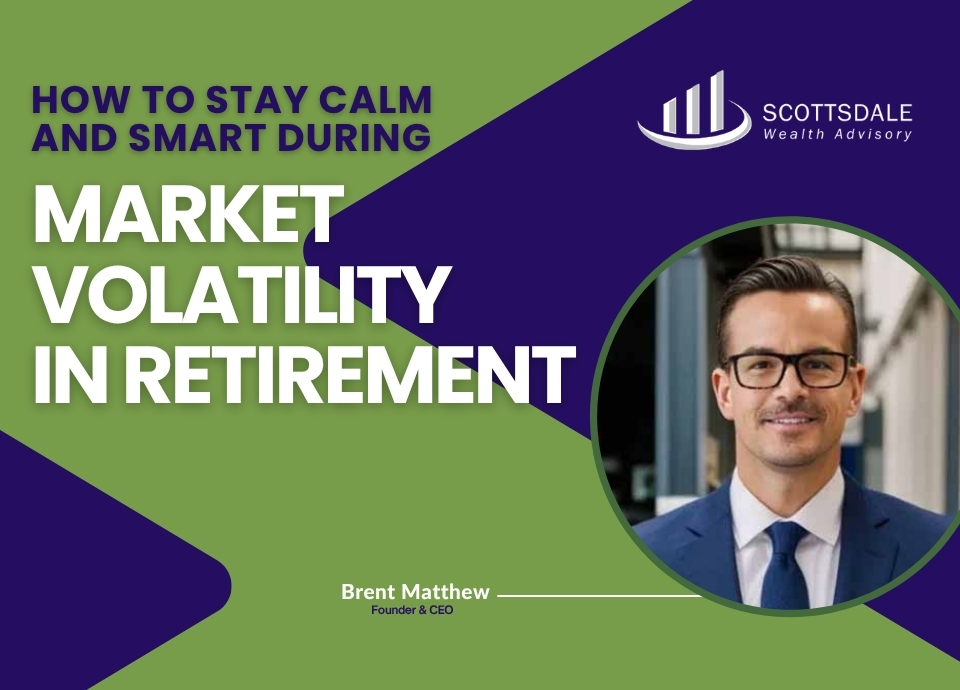We feel it’s important to understand the many differences between bond funds and other income-producing vehicles, such as CDs (Certificates of Deposit) and money market funds.
Q: WHAT IS A BOND?
A: A bond is a promise by the government or corporation issuing that security to pay the holder interest at scheduled intervals, and to repay its principal value at a specific maturity date. These are also generally referred to as fixed-income securities. There are four common types of bonds:
1) U.S. government securities – Issued or backed by the U.S. government, these bonds have a high degree of safety from default.
2) Corporate bonds – Issued by corporations these securities can vary widely in yield, maturity and credit quality depending on the issuing company and other factors.
3) Municipal bonds – Issued or backed by local and state governments, these bonds pay investors income that may be substantially exempt from federal and, in some cases, state and local taxes (a portion may be subject to the alternative minimum federal income tax).
4) Foreign bonds – Issued or backed by various foreign corporations or governments, these bonds may trade overseas and may be denominated in foreign currency, depending on the country in which the issuer is based.
Q: WHAT IS A BOND FUND?
A: A bond fund, in simple terms, is a mutual fund that invests in a portfolio of one or more types of bonds. A bond fund, also referred to as a fixed-income fund, may pay dividends on a monthly basis or some other cycle. The investment objectives of bond funds vary, but many of these funds seek current income from interest on bonds. The amount of income provided by a bond fund determines its dividend yield. In some cases, bond funds may have an objective of total return, which take into account income and capital gains on this fund’s bond portfolio. A bond fund’s objectives are described in the front section of its prospectus.
Q: WHY HAVE BOND FUNDS BECOME SO POPULAR RECENTLY?
A: The main reason for bond funds’ increased popularity is that many investors are searching for higher yields than those currently available from traditional income-producing investments, such as CDs and money market funds. As interest rates have fallen, many investors have shifted money away from CDs and money market funds and into higher-yielding bond funds.
Q: HOW DO CDS AND MONEY MARKET FUNDS DIFFER FROM BOND FUNDS?
A: The motivating difference for many investors, as mentioned to the left, is that certain types of bonds may offer higher yields than CDs and money market funds in a low-interest rate environment. However, their investment structures and risks also differ. CDs ordinarily pay interest at a fixed rate, and repayment of the original principal may be insured by the FDIC or other government agency. Money market funds have a yield that varies with market conditions while seeking to preserve a constant share price, but their share price and yield are not guaranteed by the U.S. government. The yield and share price of a bond mutual fund are not insured or guaranteed and will fluctuate with market and economic conditions, which causes the principal value of a bond fund’s shares to increase or decrease over time. Therefore, an investor has the opportunity to experience a capital gain or a loss in a bond fund, which is not generally the case in CDs or in money market funds.
Q: WHAT ARE THE DIFFERENCES AMONG BOND FUNDS?
A: There are three key elements that distinguish one bond fund from another: The type of bonds in the fund, the average maturity of the bonds in the fund’s portfolio, and the credit quality of the bonds held by the fund. Certain bond funds may invest in only one type of fixed-income security, such as a municipal bond fund, while others may have the flexibility to invest in various types of bonds in order to achieve their objectives.
The average maturity range and credit rating of each bond fund’s holdings vary from time to time. The average maturity of a bond fund’s portfolio is expressed in years that can be either short-term (1-5 years), intermediate-term (5-15 years), or long-term (usually 15 years or more). The credit quality of a bond reflects the rating assigned to the bond by an independent rating agency, which determines the degree of safety of that bond against default. Several independent firms, most notably Moody’s and Standard & Poor’s, assign credit ratings, denoted by a letter or letters, based on their assessments of the credit risks of the issuer. The highest bond ratings given by those services are “Aaa” and “AAA,” respectively.
Q: HOW IS THE FLUCTUATION OF BOND FUND SHARE PRICE LINKED TO INTEREST RATES?
A: The share price fluctuation of a bond fund is a concern to many investors. A fund’s share price is based on its net asset value, determined each day by valuing all of the fund’s portfolio investments, less expenses. The value of the bonds in a fund’s portfolio changes daily because of changes in the market price of the bonds held.

The value of these bonds changes for a variety of reasons, often in response to the movement of interest rates. You may consider the relationship between interest rates and a bond’s price similar to that of a see-saw pictured above. In this inverse relationship, when interest rates go up, the price of a bond issued when interest rates were lower goes down. The reverse is also true – when interest rates fall, the price of a bond issued when interest rates were higher rises.
Q: OTHER THAN SHARE PRICE, HOW ELSE DOES MATURITY LENGTH AFFECT A BOND FUND?
A: The average maturity of a bond fund also affects its yield. Depending on market conditions, longer-term bond funds may provide a higher yield than shorter-maturity bond funds of the same basis type. The reward of higher yields is a trade-off for a higher degree of fluctuation in a fund’s share price. For example, a long-term corporate bond fund may have a higher yield and greater price fluctuation than a short-term corporate bond fund.
One important note, especially as to funds investing in lower-quality bonds: since a fund’s “yield” is a function of its share price on the last day of the period for which the yield is measured, falling share prices tend to increase the yield artificially.
The degree of share price fluctuation caused by interest rate movements varies according to the maturity and type of bond held by the fund. Normally, a longer-term bond fund will experience more share price fluctuation than a shorter-term bond fund. This is because bonds with longer maturities are more sensitive to interest rate movements than bonds with shorter maturities.
some examples of how bonds of different maturity lengths react to a change in interest rates. A fund that holds high-yield bonds and convertible bonds is less sensitive to interest rate movements. High-yield bonds and convertible bonds resemble equity securities in that at times, their price movements are affected more by changes in the financial position of the issuer than by interest rate movements. One final point to consider is that a bond fund’s share price generally tends to fluctuate less than the price of an individual bond due to the diversification of the fund’s portfolio.

*The 10% yield shown is hypothetical and is not intended to show or project, the performance of any bond or bond fund for any period of time.
Q: HOW DOES PORTFOLIO CREDIT QUALITY AFFECT A BOND FUND?
A: Credit quality is a measure of the degree of a bond’s investment risk. Bond funds investing in bonds of a lower credit quality may offer higher yields, but they may also have a higher degree of investment risk. And the opposite is true for higher-quality bond funds, such as funds investing in U.S. government securities, which typically offer relatively lower yields.







